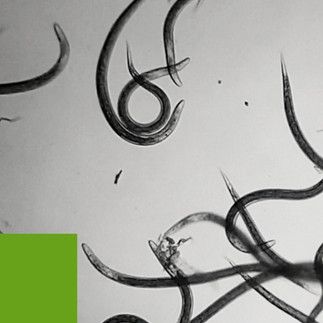Fighting Crane Fly Larvae—Guide
- nemaBiodiversity Team
- Mar 20
- 2 min read
Updated: 2 days ago
—
The crane fly (Tipula paludosa) is an insect whose larvae devour grass roots, causing thinning lawns, brown patches, and weakened turf in gardens, sports fields, and pastures.

Adult crane flies measure about 2.5 to 3 cm in length, have a grey-brown coloration, and are distinguished by their long wings and legs, resembling oversized mosquitoes. They can be detected by spotting their long-legged adult forms flying from late August to September, as well as their empty pupal cases protruding from the soil. They are most active on sunny days and often swarm over their emergence sites in lawns. Female crane flies lay eggs in turf between August and September.
While adult crane flies are harmless flower visitors, their larvae—known as leatherjackets—can cause severe damage to lawns, sports fields, and meadows. The larvae progress through four instars, reaching 3 to 4 cm in length before pupation in late August. During the day, they remain just beneath the grass surface, making them easy prey for birds and mammals, whose digging activity further exacerbates lawn damage.

—
The most destructive larval stages occur from early spring to June, causing significant damage before they enter the pupal stage. Therefore, the best time to act is right after the crane flies emerge in September when the larvae are still small and easier to control.
As natural allies, beneficial nematodes such as Steinernema feltiae are particularly effective against crane fly larvae.
Beneficial nematodes
... ... ... ... ... ... ...
—Further Reading
Peck, D. C. 2006. European Crane Fly (also known as leatherjackets): A guide on Tipula paludosa and Tipula oleracea, covering their impact and management strategies. Integrated Pest Management, New York State IPM Program.
Grewal, P. S., Ehlers, R. U., & Shapiro-Illan, D. I. 2005. Critical issues and research needs for expanding nematodes in biocontrol. This chapter discusses challenges and opportunities for using nematodes as biocontrol agents. In Nematodes as Biocontrol Agents, CABI Publishing.
Simard, L., Brodeur, J., Gelhaus, J., Taschereau, É., & Dionne, J. 2006. Emergence of a new turfgrass pest in Québec. This study explores the increasing presence of European crane flies on golf courses. Phytoprotection, 87, 43–45.






